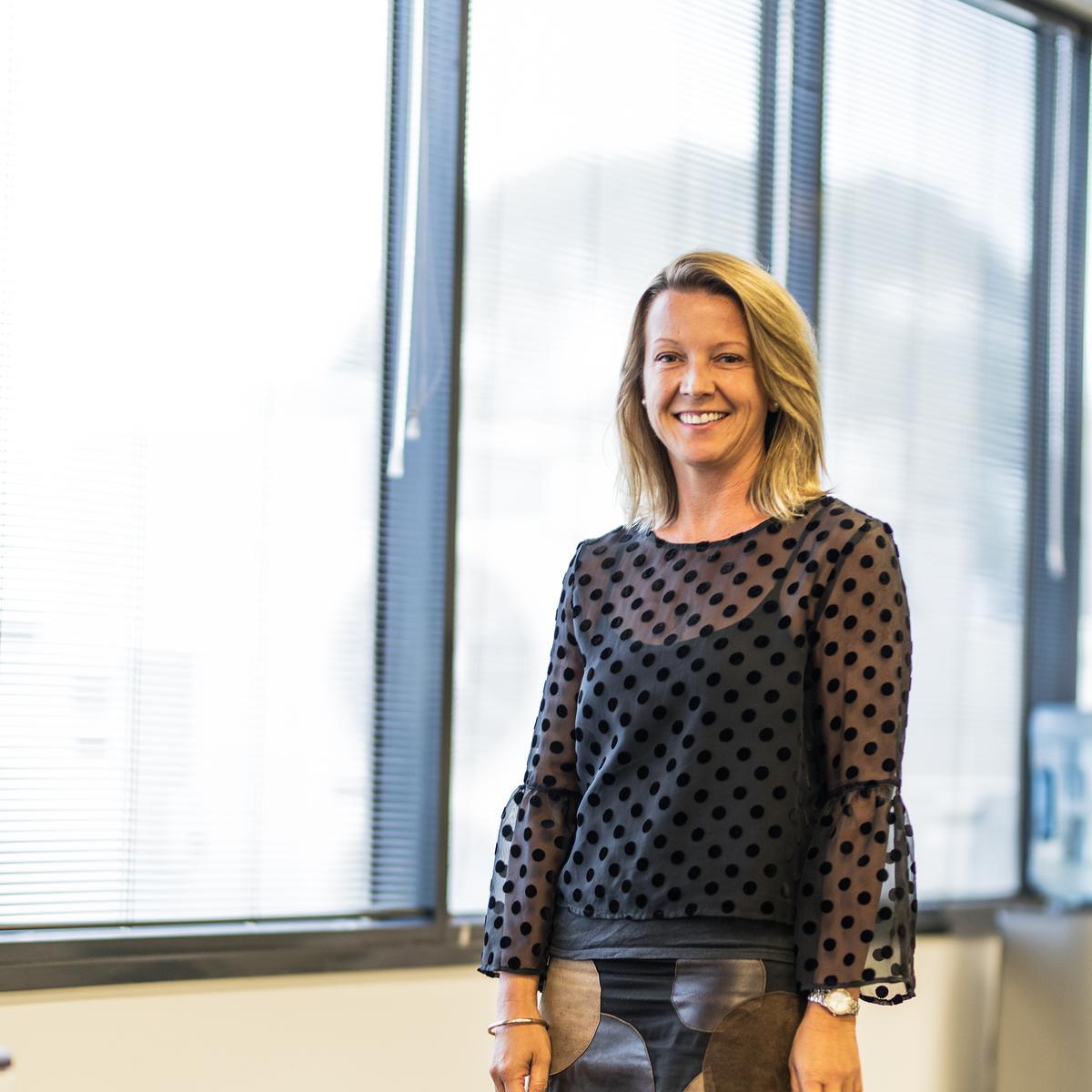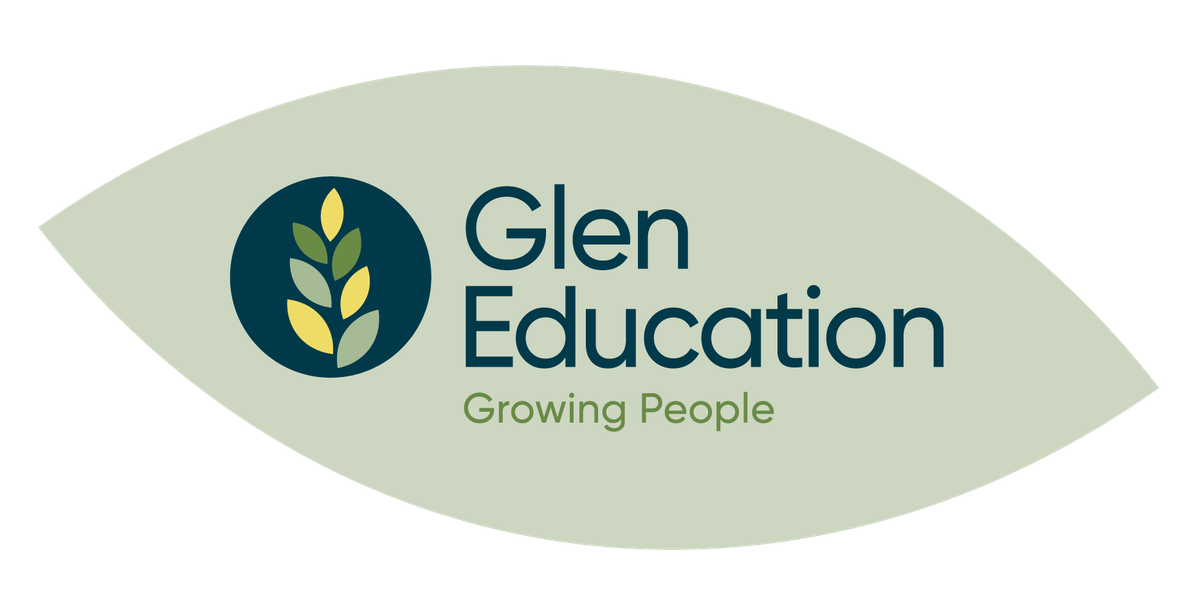CEO Report

By Samantha Kolasa
Earlier this week, I had to make some significant decisions regarding my daughter’s medical care after she broke her leg playing football. I immediately went into ‘operational’ mode -presenting at the hospital, ordering x-rays, talking to doctors, physiotherapists, orthopaedic surgeons….it was all a blur. It wasn’t until the initial shock of the first 48 hours had passed that I actually sat and asked my daughter what she wanted. Did she want to continue with her football career? Did she want to go to school, or have work sent home? Did she want to take the pain medication or manage without? How was she coping mentally after having to stop 14 hours a week of training, a part-time job and learning to drive with the snap of a fibula. So often as parents we do what we think is right without stopping to really listen. Our term three newsletter is all about the importance of the child’s voice.
Every child has rights, no matter what their age, where they live or what they believe. These rights are enshrined in the United Nations Convention on the Rights of the Child. Article 12 states that: “When adults are making decisions that affect children, children have the right to say what they think should happen and have their opinions taken into account.” It is no longer a question of 'why' we should promote children's rights and active participation in our early childhood services, but more 'how' this should be achieved.
Ultimately, listening to the voice of the child is critical for their development. It amplifies personal expression and can help fight off strong negative emotions that occur when their thoughts feelings are not heard, including lower self-esteem and depression. It also means seeing their experiences from their point of view. Giving children a voice promotes self-esteem and self-worth. By giving children a voice through choices, opinions, feelings and emotions, children can develop and learn that they are important and valued.
At Glen Education, our programs are based on the Early Years Learning Framework (EYLF). Learning Outcome 2 states that: “Children are connected with and contribute to their world.” This requires us to develop programs whereby: “Children develop a sense of belonging to groups and communities and an understanding of the reciprocal rights and responsibilities necessary for active community participation.” Our educational staff do this by facilitating trusting relationships that encourages children to express their thoughts and feelings in an empowered way. Listening to children and hearing what belonging means to them, helps us to develop a curriculum that is responsive to individual needs and nurtures a sense of belonging.
Listening can also help children to increase their self-confidence and feelings of worth (self-esteem) within themselves. When listened to, children feel their views are respected and valued by adults. In addition, children can also learn and practice communicating their ideas or views with limited experience.
Building safe and secure relationships with the children at our services provides a foundation for meaningful interactions with children into the future. Once a secure context has been established, the next challenge is to take into consideration why and how a child is being invited to take part, what the purpose is, and how each child can contribute in their own meaningful way. This shared understanding enables a deeper exchange of ideas and information with the group of children involved in the consultation. Shared understanding is not a one-off event, it is an on-going practice of monitoring and developing each consultation to suit the children as it evolves. Children are much wiser than you may think, and under the appropriate circumstances, they have the power to express their thoughts and views quite simply and with authority.
There are often situations where a child cannot use their ‘voice’ to feel heard. This could be due to their age, developmental stage, personality…. but as adults, we can still ‘hear’ what they are trying to tell us. This could be through:
- Paying attention to your child’s nonverbal cues: Children often communicate through their body language, facial expressions, and tone of voice. Paying attention to these cues can give you important clues about how your child is feeling and what they are trying to tell you.
- Listening actively: When your child is talking to you, try to give them your full attention. Avoid interrupting or finishing their sentences for them and try to listen to the message of what they are saying.
- Asking open-ended questions: Instead of asking yes or no questions, try asking open-ended questions that encourage your child to explain or elaborate on their thoughts and feelings.
- Validate their feelings: It is important to let your child know that their feelings are valid, even if you do not necessarily agree with them. This can help your child feel heard and understood.
Having a thorough understanding of how to engage children in genuine opportunities to participate will allow children to build confidence into the future and can only be supported through a shared understanding with children and viewing the child as a valued citizen and an active contributor to society. The confidence of children to be involved does not occur instantly or overnight but takes time—gradually acquired through practice.


